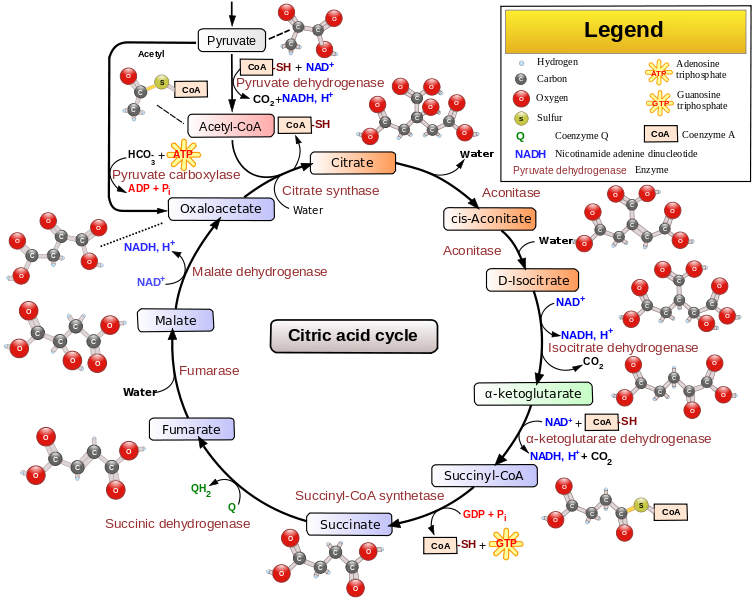
Lecture-based introductory biology courses are typically content-heavy as instructors strive to provide students with foundational knowledge in a broad range of topics. One topic traditionally covered is cellular respiration, the series of enzymatic reactions that results in the formation of ATP, the energy currency in cells, from carbohydrates. Cellular respiration is often difficult for students in these classes because the topic is both complex and ‘invisible’ – the students can’t observe the process. In an attempt to overcome these difficulties and enhance student learning, we describe how the board game Mousetrap™ (Hasbro, Milton Bradley) can be adapted to model cellular respiration. Mousetrap™ is ideal for this adaptation due to its 3-dimensionality, the necessary assembly of its 3D components and the interdependence of its 3D components. In the classroom, the pieces of the game are re-assigned into the three stages of cellular respiration (glycolysis, Krebs Cycle, electron transport chain); after each stage is discussed in lecture, students assemble that part of the board game. By the end of class, the game is completely assembled, providing students with a workable model of the entire cellular respiration pathway. Students then trigger the mousetrap to visualize the complete, dynamic process and ‘make ATP’ (i.e., catch the mouse). Mousetrap™ serves as a dynamic, interactive, active learning tool that helps students build a basic, but accurate model for cellular respiration that can be used as a scaffold for subsequent upper-level courses or for more complex discussions related to fermentation, toxicology, and/or enzymatic regulation.

Heidi Walsh onto General Biology
@
on